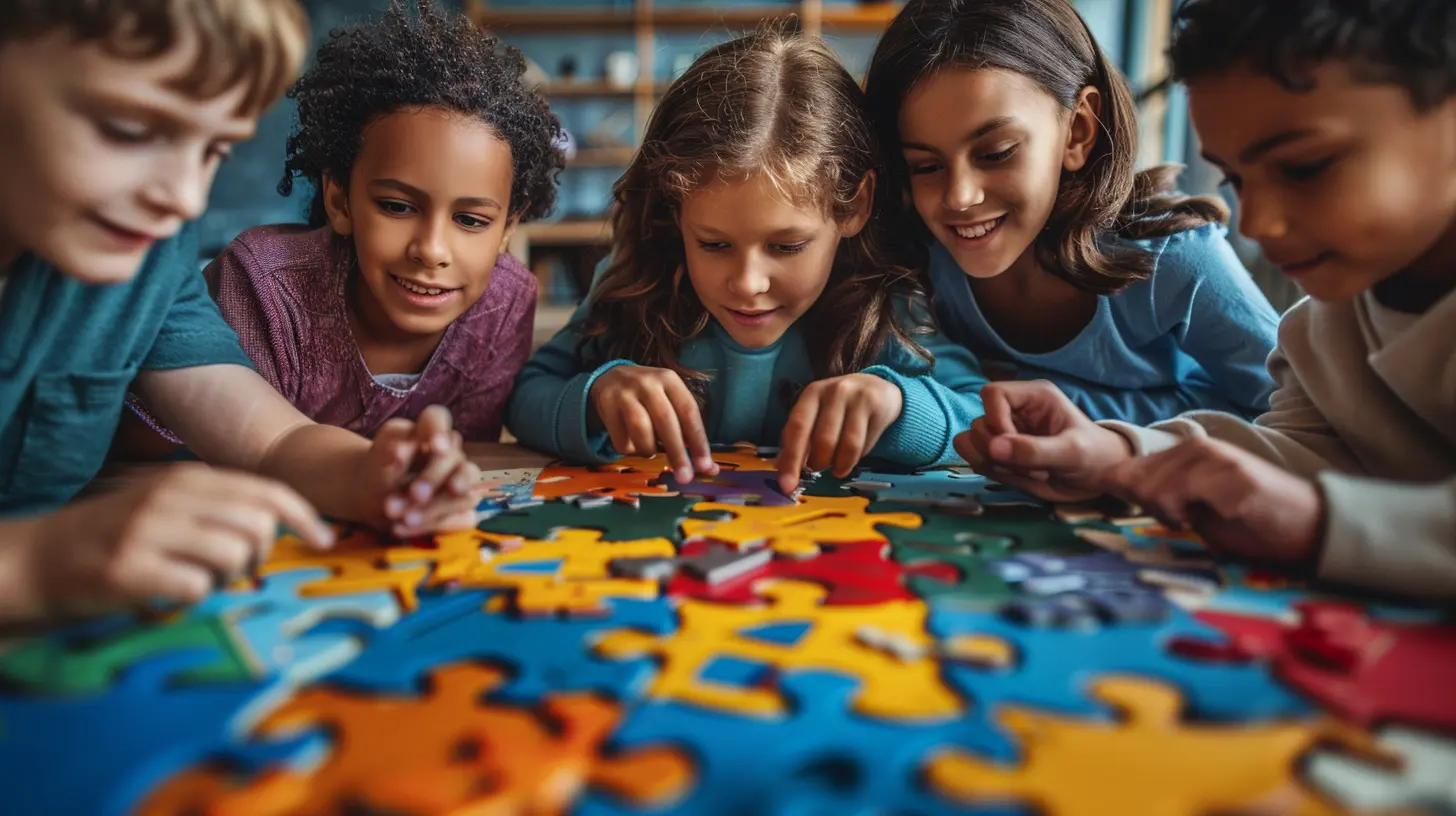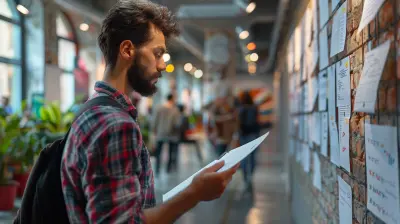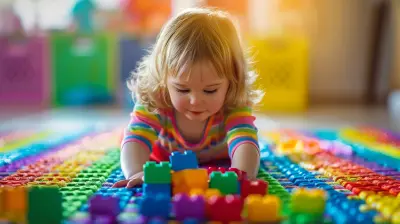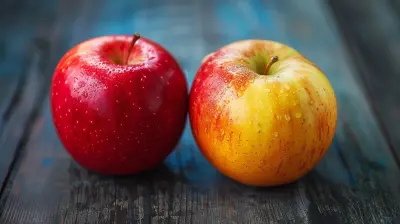15 October 2025
Let’s be honest—when most people hear “group work” or “collaborative learning,” there’s a soft groan somewhere in the room. We’ve all been there. Jumbled schedules, unequal participation, and that one person who disappears until the final minutes. But there’s a hidden gem in collaborative learning that often gets overshadowed by coordination chaos: critical thinking.
So why does critical thinking matter so much when working in a group? Why can’t we just divide the tasks and call it a day? That’s what we’re diving into here—because critical thinking is the glue that holds effective collaboration together. Without it, group work becomes just busy work. With it? It becomes a powerful tool for real learning.
Let’s break this down.
What is Critical Thinking Anyway?
Before jumping into the deep end, let’s get one thing straight: critical thinking isn’t just about being a skeptic or playing devil’s advocate. It's not about being “that” person who questions everything for fun.Critical thinking is more like intellectual detective work. It’s the ability to analyze information, question assumptions, evaluate evidence, consider different viewpoints, and reach logical conclusions. It’s about thinking clearly, rationally, and independently.
Think of it like building a puzzle—you don't just jam random pieces together. You think about the shape, color, and pattern. You test, adjust, try again. That’s the essence of critical thinking.
What Makes Collaborative Learning So Special?
Before tackling how critical thinking fits into the picture, let’s talk about collaborative learning itself.Collaborative learning is all about students working together towards a shared goal. Whether it’s solving a math problem, designing a group project, or discussing a book chapter, the key is interaction. It brings together different minds, distinct experiences, and diverse perspectives.
And that’s exactly why collaboration is such a sweet playground for critical thinking.
The Sweet Spot Where Critical Thinking and Collaboration Meet
You might be thinking: “Isn’t collaboration enough on its own? Why throw critical thinking into the mix?”Actually, collaboration without critical thinking is like a recipe without flavor. Sure, you might “get the job done,” but did anyone really engage with the material? Did ideas evolve? Were assumptions challenged?
Here’s how critical thinking amps up collaborative learning:
1. It Sharpens Problem-Solving
When everyone in a group starts asking “why?” or “how do we know this is true?” minds begin to stretch. Critical thinking encourages students to go beyond surface-level responses and dig for deeper understanding.Instead of just agreeing with the loudest voice or defaulting to the easiest answer, groups start to evaluate options, weigh evidence, and build arguments. That’s problem-solving on steroids.
2. It Minimizes Groupthink
You’ve probably seen this happen: Everyone nods along with the first idea that sounds decent, and bam—decision made. No one questions it. Why? Because sometimes it just feels easier to agree than to stir the pot.Enter critical thinking.
With a critical mindset, group members feel more comfortable saying, “Hold up—have we thought about this from another angle?” That little pause can save a group from heading down the wrong path.
3. It Leads to Deeper Engagement
Let’s face it—when learners are asked to think critically, they can’t coast. They have to interact with the material, question assumptions, and genuinely participate in the learning journey.And when everyone’s involved at that level, real magic happens. Conversations get richer, debates get livelier, and understanding gets deeper.
Real-Life Example: Critical Thinking in Action
Imagine you’re part of a group project where the goal is to design an app that helps students manage their time better.Now, without critical thinking, your group might jump straight to designing a to-do list feature because, hey, everyone uses to-do lists, right?
But with critical thinking baked in, someone might ask:
- “Do students really struggle because they don’t have to-do lists, or is it more about staying motivated?”
- “What tools do students already use, and why aren’t they working?”
- “Are we making assumptions about what students need without checking the data?”
Boom. The conversation shifts from “just get it done” to solving a real problem in a meaningful way. That’s the kind of transformation critical thinking brings.
Strategies to Encourage Critical Thinking in Collaborative Settings
So how do we actually build critical thinking into group work? It’s not going to happen by accident. But don't worry—below are some actionable strategies that educators (and students too!) can use.1. Ask Open-Ended Questions
Open-ended questions like “why do you think that?” or “what’s another way to look at this?” stretch thinking further than yes/no queries. They invite reflection, analysis, and creativity.2. Play the Role of Devil’s Advocate
Sometimes, someone in the group needs to intentionally take the opposing viewpoint. Not to be annoying, but to jostle the group's thinking. It challenges assumptions and forces deeper evaluation.3. Reflect on the Process
After a collaboration session, take 5–10 minutes to reflect as a group. What worked well? What could be improved? How did the group handle disagreements? That meta-thinking helps grow awareness of thought processes.4. Assign Roles Thoughtfully
Instead of randomly assigning roles, assign roles that encourage different types of thinking—like the analyzer, the questioner, the summarizer, or the critic. Each role supports critical engagement with the topic.5. Use Real-World Problems
Students are more likely to think critically when the problem feels relevant. So, bring in real-life case studies, current events, or authentic challenges. When the stakes feel real, so does the learning.The Long-Term Payoff: Critical Thinkers Make Better Collaborators (and Humans!)
Sure, critical thinking makes collaborative learning stronger—but it doesn’t stop there. When students learn to question, reason, and reflect in groups, they’re picking up life skills that go way beyond the classroom.In the workplace, in relationships, in civic life—critical thinkers are better at navigating complexity, handling disagreement, and making thoughtful decisions.
Let’s be real: we live in a world constantly overflowing with information (and misinformation). People who can think critically and collaborate thoughtfully? They’re not just surviving—they’re thriving.
Challenges to Watch Out For
Of course, nothing is ever perfect.Bringing critical thinking into collaborative learning isn’t always smooth sailing. Here are a few bumps in the road to watch for:
1. Unequal Participation
If some group members dominate while others hang back, you lose the full benefit of diverse thinking. It’s crucial to foster a culture where everyone’s voice matters.2. Time Constraints
Deeper thinking takes time. If collaborative activities are rushed, there’s little room for reflection or meaningful discussion. Planning and pacing are key.3. Fear of Conflict
Let’s face it—disagreeing can feel uncomfortable. But constructive conflict is actually a sign of progress. Building a respectful, open environment paves the way for healthy debate.How Educators Can Lead the Way
If you’re an educator wondering how to nurture this dynamic duo—collaboration and critical thinking—here are a few final thoughts:- Model critical thinking in your own teaching. Be transparent about how you analyze, evaluate, and revise ideas.
- Provide feedback not just on the final product, but on the thinking behind it.
- Celebrate curiosity and questioning, even when it leads to mistakes.
- Encourage self-assessment and peer review to help learners reflect on their own thinking processes.
When educators make critical thinking a norm in collaborative tasks, students are more likely to carry that mindset into every group situation they face.
Final Thoughts: The Power Combo We All Need
Here’s the truth: collaboration is a skill, and so is critical thinking. On their own, they’re powerful. But together? They’re practically unstoppable.Collaborative learning isn’t just about getting work done as a team. It’s about building collective intelligence, challenging ideas, and discovering smarter solutions. And that’s only possible when we bring critical thinking to the table.
So next time you’re part of a group task, remember—it’s not just about contributing your piece of the puzzle. It’s about asking, “Is this the right piece? How does it fit? And is there a better picture we haven’t considered yet?”
That’s when real learning begins.








Zedric Daniels
Critical thinking in collaborative learning is like adding hot sauce to plain food—it spices things up and prevents bland teamwork! So, let’s not just nod along; let’s question, debate, and maybe even challenge each other’s lunch choices!
November 5, 2025 at 9:21 PM